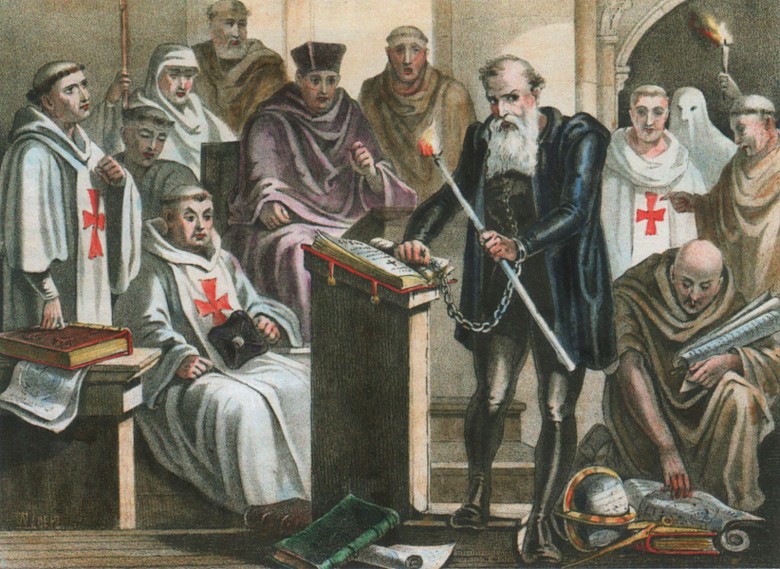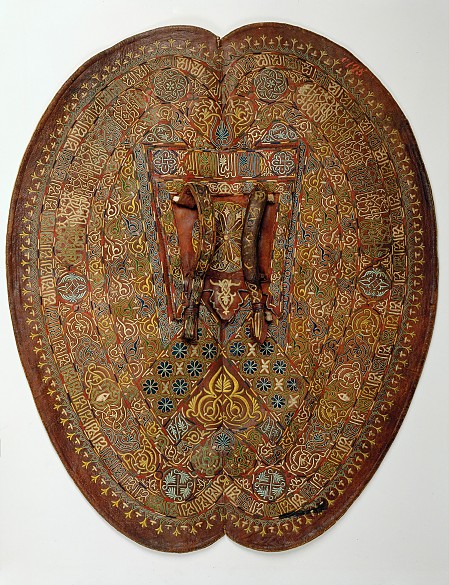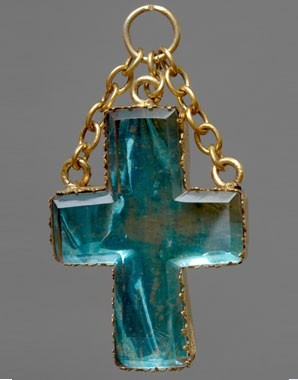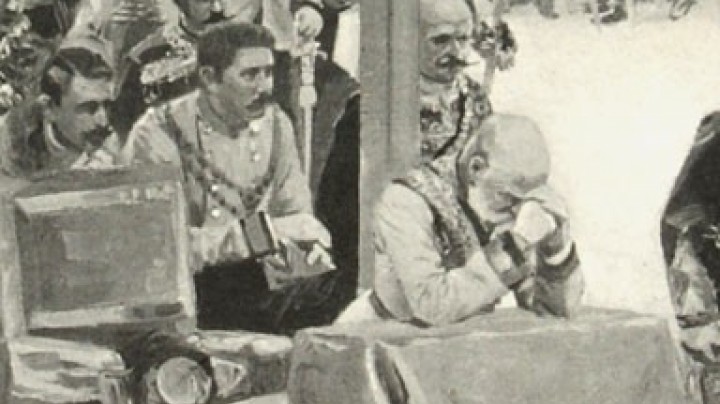With the caroja to the auto-da-fé. The Spanish Inquisition
During the course of the Spanish Inquisition, Jews and Moors were systematically persecuted, and for more than 300 years coercive measures were taken against any non-Catholics on the Iberian peninsula.
In the late Middle Ages the Roman Inquisition was already being used by the Church as an instrument to combat heresy. One of its most famous victims was Galileo Galilei, who in 1633 was sentenced to life imprisonment, later commuted to lifelong house arrest. The Roman Catholic Church did not publicly rehabilitate him until 1992.
The Spanish and Roman Inquisitions differed significantly: Isabella I and Ferdinand II demanded from Pope Sixtus IV an autonomous instrument of investigation to be used exclusively at the monarch’s discretion. A special board of inquisitors was therefore established to act independently of Rome, imposing punitive measures on Jews and Moors and putting Jews who had converted to Christianity under special surveillance. Such conversos (converted Jews) were suspected of continuing to practise their former religion clandestinely. A large-scale persecution of this group saw half of its members burnt at the stake in a public show trial, the auto-da-fé. As a symbol of stigmatization, they had to wear the caroja, a special pointed cap.
In Spain, the Inquisition adhered to a strict pattern: on the basis of witnesses’ testimonials, a ‘suspect’ was accused of lacking in devoutness and issued a dire warning, to be followed by an interrogation, should he or she ignore this warning. The only way to ‘refute’ the accusation was to give generous donations. As in witch trials, the Spanish Inquisition also used torture to extract the desired confessions. In 1522, Charles V introduced the Spanish Inquisition into the Netherlands, but there it proved ineffective in the fight against Protestantism.
After more than 300 years, the Spanish Inquisition was finally abolished in Spain in 1834.
















